
Saba Faisal Shares The Secret Behind Dressing Up So Well Every Time
Step 1. Finely chop 7 grapes; transfer to a small bowl. Cut remaining grapes in half; transfer to another small bowl and set aside. Using a fork, mash chopped grapes in bowl into a purée. Stir in.

MUSSINI SABA Dressing Cooked Grape Must Condiment 200 ml EMPORIO ITALIANO
Leonardi: SABA. 16.9oz. Product of Italy. Ingredients: grape must acetified. The first news on cooked must date back to Ancient Egypt and Middle East, around 3000 B.C. Later on, the Greeks and Romans talk about it. These peoples were using the cooked must, called SABA, to sweeten drinks, vegetables and fruits, to flavor meat and courses in general.
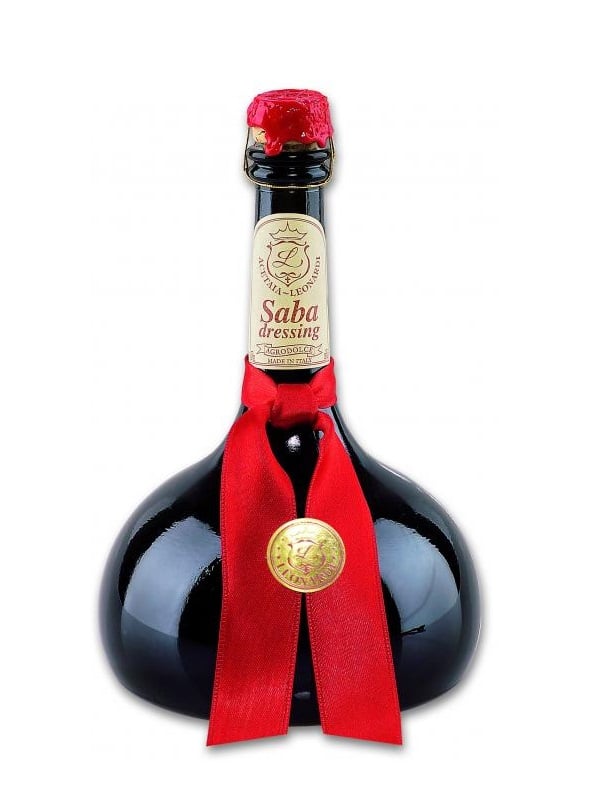
Leonardi Saba Dressing 500ml The Master Cellar
16 OZ. Did you know that saba balsamic dressing is not technically balsamico at all? This versatile condimentmade by renowned balsamic producers acetaia leonardi or modena italystarts with trebbiano and lambrusco grapes that are cooked for 36 hours in open copper vats until it reduces by two-thirds concentrating the grape must to a sweet syrup.

Leonardi Saba Dressing Cooked Grape Must, 8.45 oz
Saba. Sometimes called mosto cotto or vin cotto, saba is a condiment made from boiling down must, the grape smush left over from making wine. It has sweetness, to be sure, depth and complexity like a good balsamic, but still plenty of acid to balance, like pomegranate molasses. It has the consistency of a good maple syrup, with a color similar.

Leonardi Saba Dressing Rare Tea Cellar
Saba can be drizzled on top of ice cream. Saba, also known as mosto cotto, has a wide range of uses. One popular use is as a dressing for desserts, ranging from figs to cheeses to fresh ice cream. This syrup retains a slightly acidic flavor from the grapes that develops very nicely when paired with sweet foods.

Saba Faisal Shares The Secret Behind Dressing Up So Well Every Time
6 ways to cook, drizzle and pour with Saba Balsamic Dressing. Saba's nuanced flavor and subtle tang elevates both sweet and savory dishes: 1. Pair with Italian cheeses like Parmigiano-Reggiano, Taleggo and Gorgonzola Dolcelatte. 2. Add a spoonful to glasses of Prosecco for an elegant aperitivo. 3. Drizzle over seared duck breast, grilled quail.

Saba Faisal Shares The Secret Behind Dressing Up So Well Every Time
Originally used to sweeten drinks and desserts, modern chefs are now using saba for so much more. As an acid, saba brightens and cuts through fatty, slow-cooked braised meat dishes and adds a touch of sweetness. It can also be added to barbecue sauce and slathered on wings, ribs, and meatballs. Mixologists use the syrup to flavor cocktails and.

Leonardi SABA Dressing with Pomegranate 250ml (6 per doos) GustoNL
Mix a squeeze of the lime with the saba in a bowl and whisk in the remaining oil. Squeeze the rest of the lime juice over the pear cubes and arrange on a serving dish. Heat a frying pan over a medium heat and sear the cut sides of the figs for about 11⁄2 minutes just to heat and cook the surface.
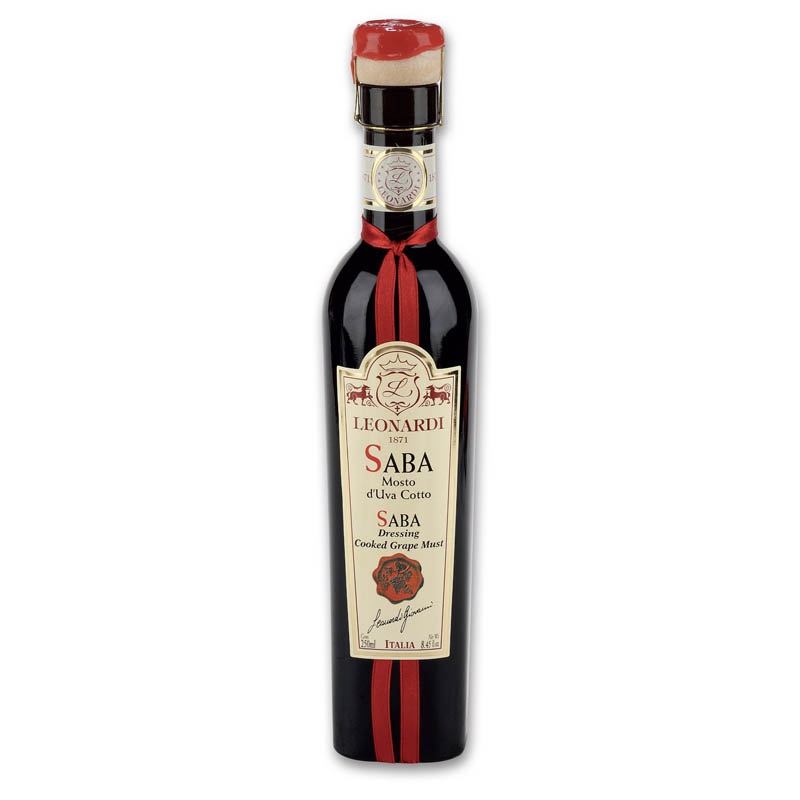
Leonardi Saba Dressing from Cooked Grape Must 250ml
Ingredients: ♦ 2 cups cherry tomatoes. ♦ 1 pound bocconcini (small mozzarella balls) ♦ 25 to 30 fresh basil leaves. ♦ Acetaia-Leonardi Saba Dressing (or reduced balsamic vinegar) ♦ Toothpicks (about 25 to 30) Directions: Skewer one tomato, basil leaf, and bocconcini onto each toothpick; arrange all skewers onto a large platter and.
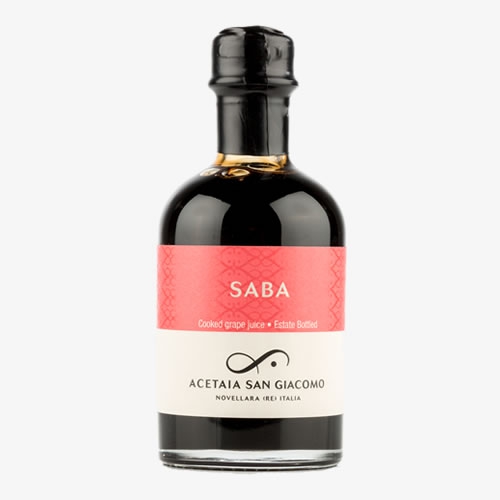
BIO Balsamic Dressing Saba 100 ml
Saba -- also known as sapa, vin cotto or mosto cotto -- is an Italian syrup made from cooking down grape must. It looks just like balsamic, and tastes a whole lot like it too, but it's not nearly as expensive because it isn't aged. Chefs have begun incorporating saba into their menus over the past couple of years, and it's time home cooks did.

Saba Faisal Shares The Secret Behind Dressing Up So Well Every Time
Leonardi's Saba dressing is an Italian dressing made from a grape must reduction that contains only one-third of its original volume. It is aged for two years in chestnut and oak barrels. It's a sweeter and slightly fruitier alternative to balsamic vinegar, making it a great choice for topping ice creams, gelato, and other desserts..

Arteriors Saba Dressing Table Dressing table desk, Cool furniture
Saba Balsamic Dressing's nuanced flavor and subtle tang elevates any food is touches, both sweet and savory. Toss with fresh berries and spoon over vanilla gelato for a quick yet elegant dessert. Or its concentrated fruit flavor pairs beautifully with wild game and meats—drizzle over slices of seared duck breast, grilled quail or pan-roasted.

Pin on Dining at The Chateaux Deer Valley
A one-ingredient, versatile Italian condiment that only gets better with age. Also known as sapa, saba or vincotto, you can use it for everything from a sugar or honey substitute to a cocktail ingredient. It's also wonderful on a cheese plate or used as part of a sauce or dressing for roast meats or salad.
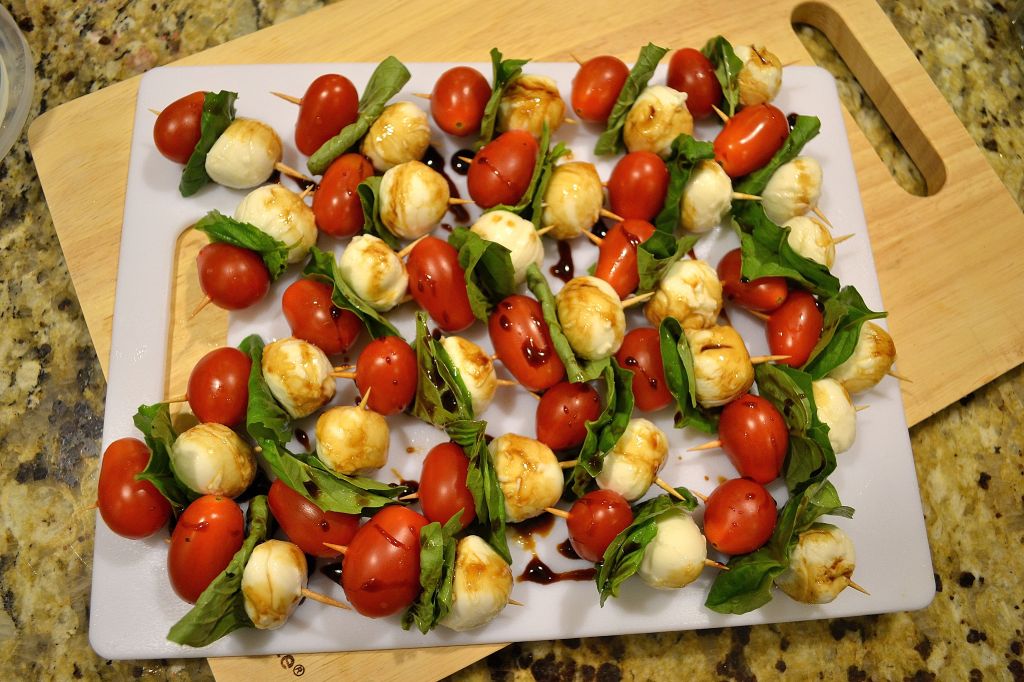
Caprese Salad Skewers with Saba Dressing THE CLASSICAL KITCHEN
saba, balsamic vinegar, shallots, freshly ground pepper, chicken livers and 7 more. The Best Saba Recipes on Yummly | Pochero (pork/beef Stew With Saba/burro Bananas), Apple And Lacinato Kale Salad With Saba, Arugula, Grape, And Almond Salad With Saba Vinaigrette Recipe | Epicurious.com.

Saba Faisal Shares The Secret Behind Dressing Up So Well Every Time
Saba, or sapa, is a typical condiment used in Emilia, Romagna, Marche, Umbria, Abruzzo, Apulia and Sardinia.. It is a concentrated syrup of grapes which is obtained from the fresh must of white or red grapes; variants include "mosto cotto", "vino cotto" or "miele d'uva".The must is poured in a copper pot together with some whole walnuts which, by turning during the slow boiling, help the must.
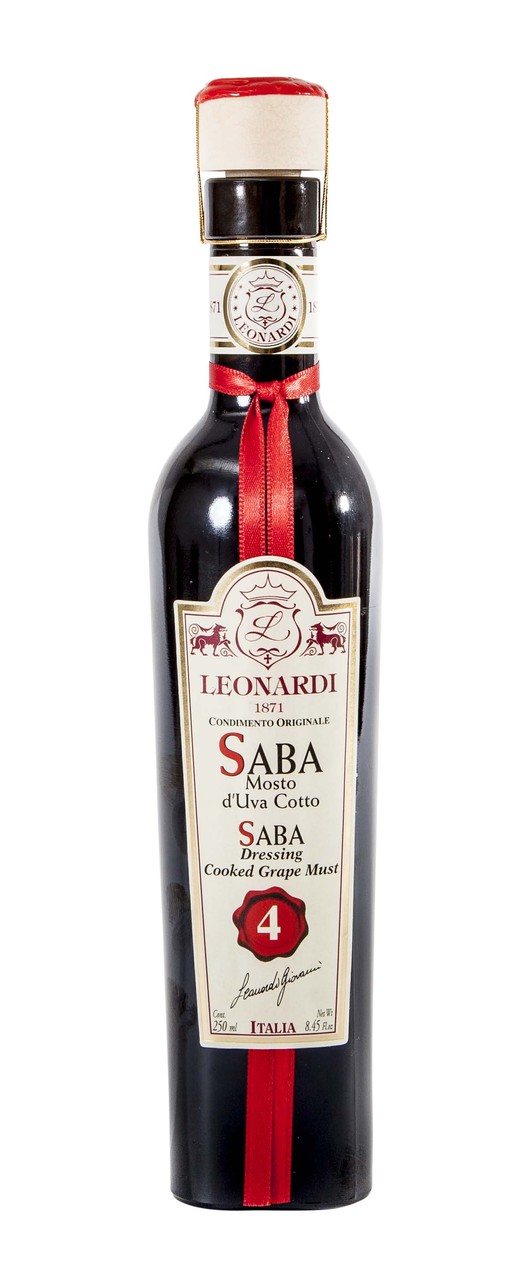
Acetaia Leonardi Saba Dressing 250ml Caputo's Market & Deli
The Saba - or Sapa- is a condiment with a dark, thick and syrupy appearance recalling the texture of honey, it is typical of various areas in Italy, among which Emilia-Romagna, Marche and Sardinia.Its peasant origins are ancient and probably derive from the use of waste from wine production: Saba, in fact, is a syrup obtained by cooking and refining the must of white or black grapes.